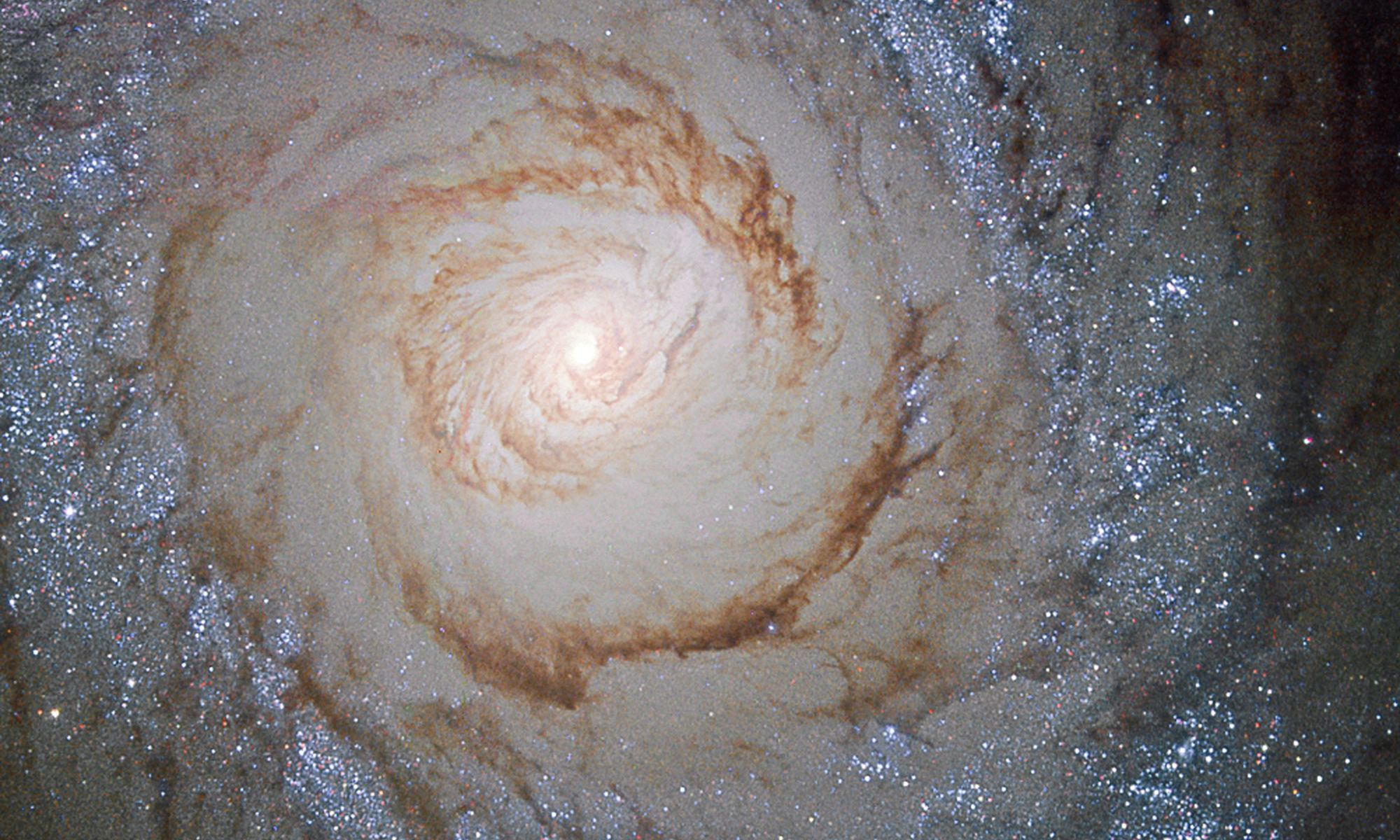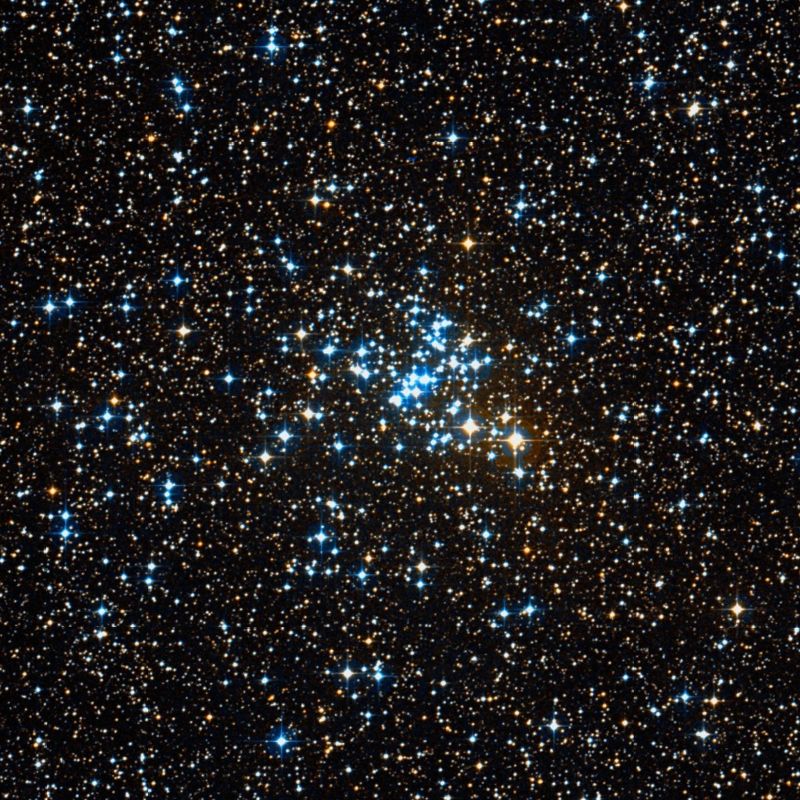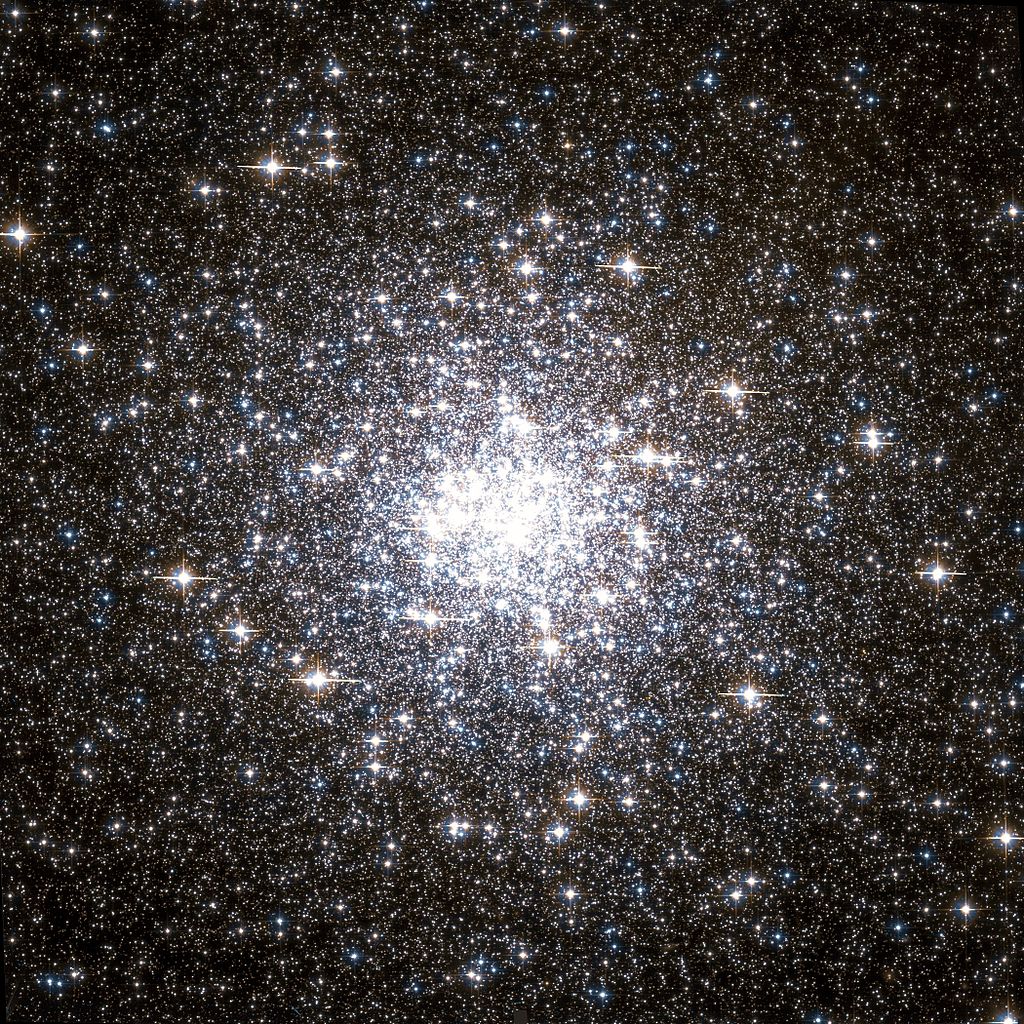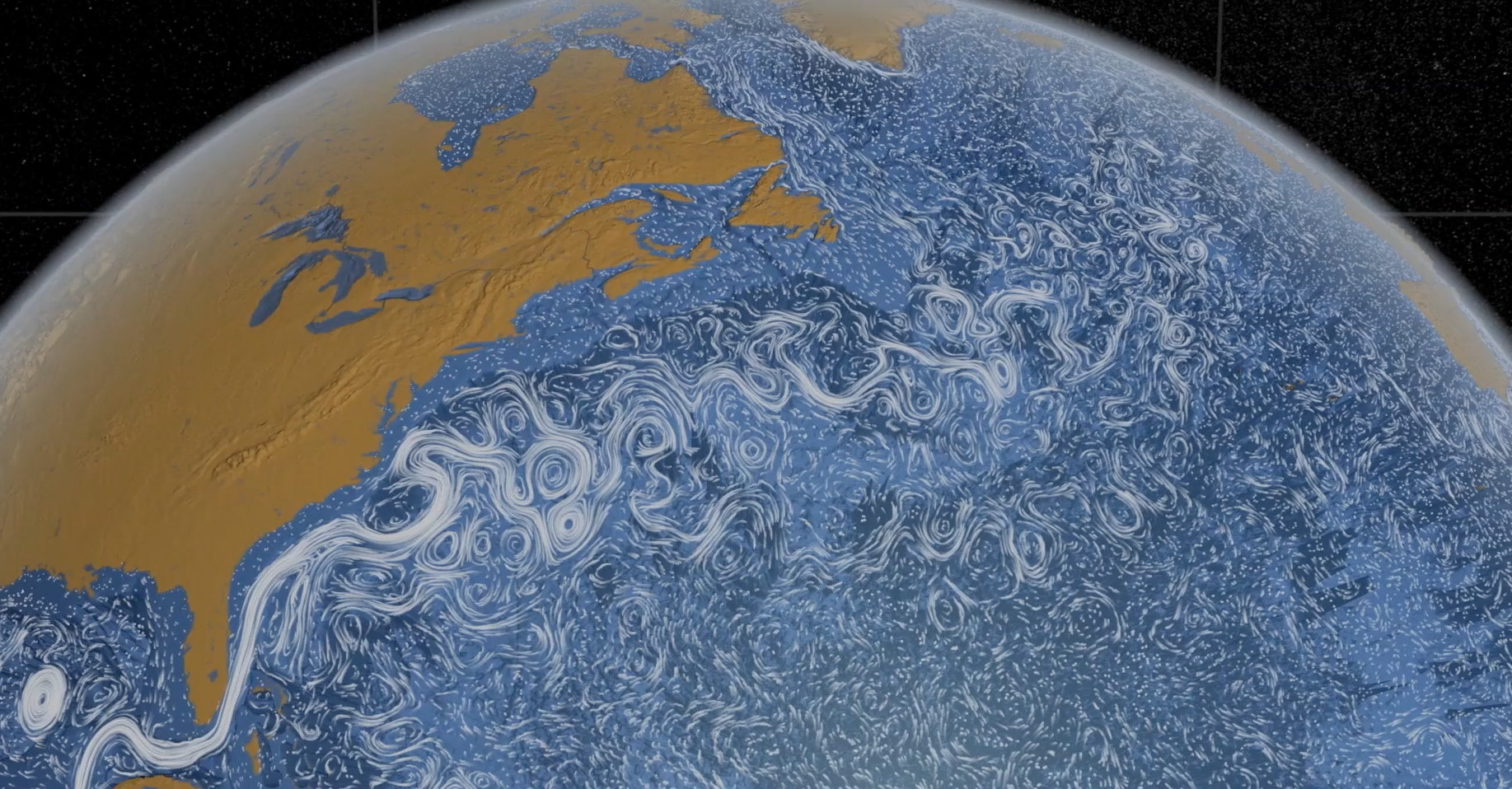The dream of traveling to another star and planting the seed of humanity on a distant planet… It is no exaggeration to say that it has captivated the imaginations of human beings for centuries. With the birth of modern astronomy and the Space Age, scientific proposals have even been made as to how it could be done. But of course, living in a relativistic Universe presents many challenges for which there are no simple solutions.
Of these challenges, one of the greatest has to do with the sheer amount of energy necessary to get humans to another star within their own lifetimes. Hence why some proponents of interstellar travel recommend sending spacecraft that are essentially miniaturized worlds that can accommodate travelers for centuries or longer. These “Generation Ships” (aka. worldships or Interstellar Arks) are spacecraft that are built for the truly long haul.
Continue reading “What is a Generation Ship?”









